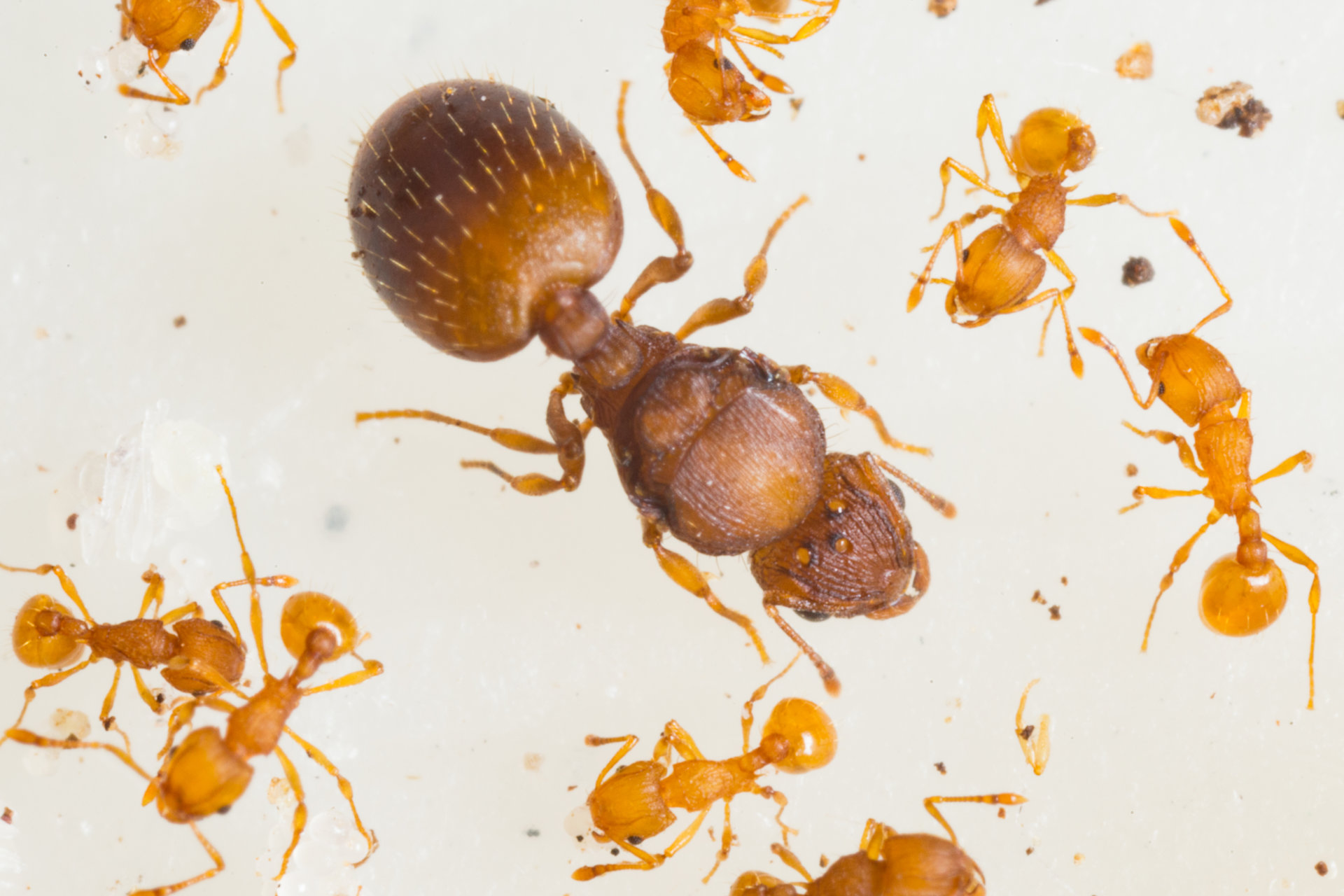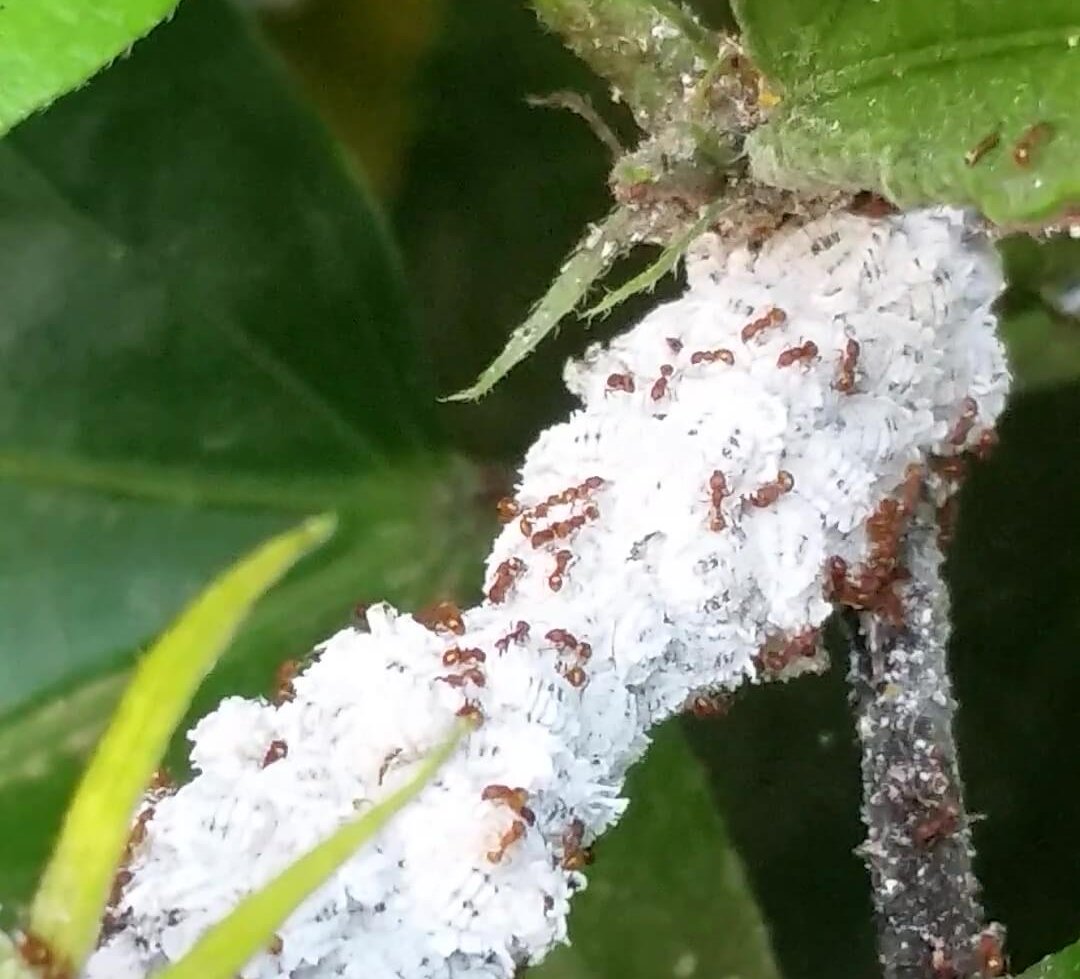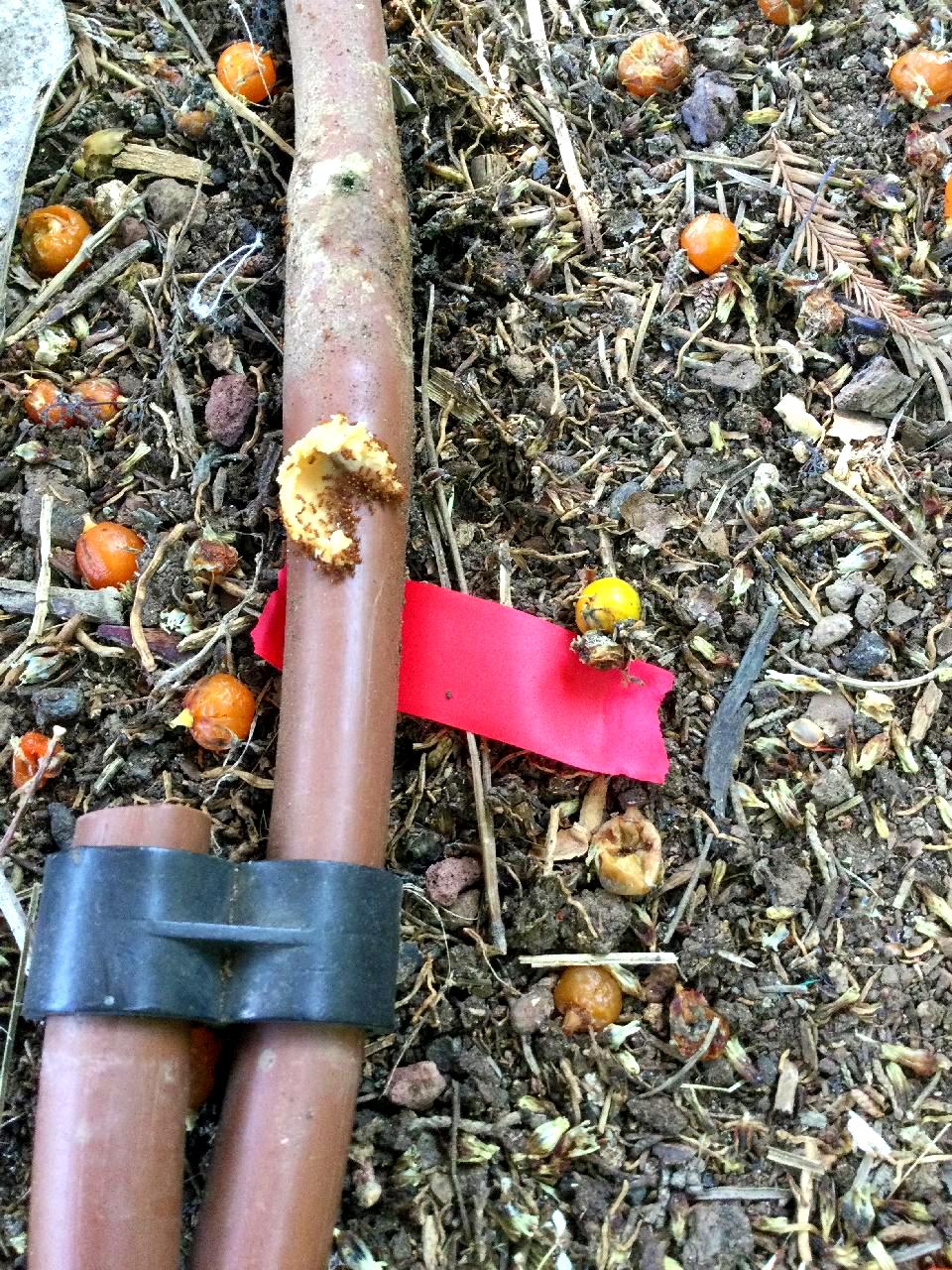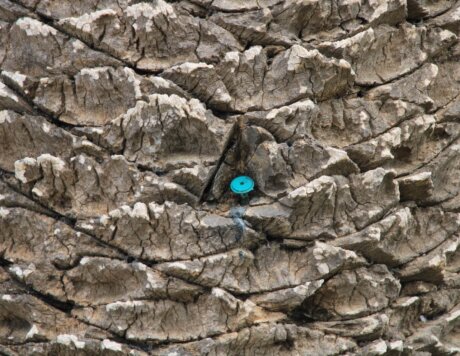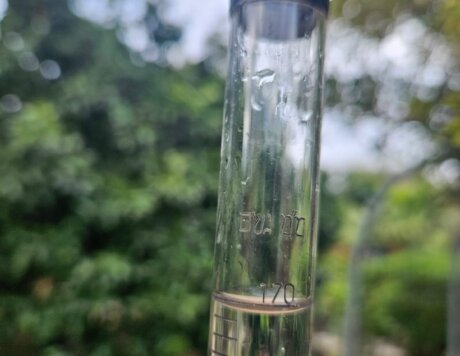In your homes
If you feel or encounter fire ants at home or in the garden you can check the extent of the damage. Fire ants are strongly attracted to peanut butter. Take an ice lolly stick, spread on some peanut butter, and place it in a strategic location. Check it after about two hours; if it’s completely covered in ants you have a problem that requires professional treatment.
How do we treat the ants?
At home, when infestation is not high, you can use granular or gel preparations available for purchase in many shops. These preparations act as bait that is designed to reach the queen ant. It is important to only use preparations that are suitable for use on the little fire ant. The preparation should be used according to the guidelines on the label. Do not make any changes to the applied preparation. Application of granular preparation will be done only in locations that are out of reach of children and/or pets. To ensure effective treatment, granular preparations should be applied in dry conditions, that is, two or three days after watering and two or three days before watering an irrigated garden. The recommended treatment time is immediately following the appearance of the first ants; this usually takes place from April. The most successful monitoring and treatment time is late morning and afternoon.
How to prevent the ants from coming?
The next time you visit a nursery, ask the staff how they treat or prevent entry of the fire ant. In addition, check the seedling by taking it out of the pot (this is an opportunity to check the state of the roots and quality of the seedling); a thorough examination together with satisfactory answers from the staff regarding treatment of the nursery against the fire ant will ensure that you bring home a happy pot plant and not an annoying ant.


